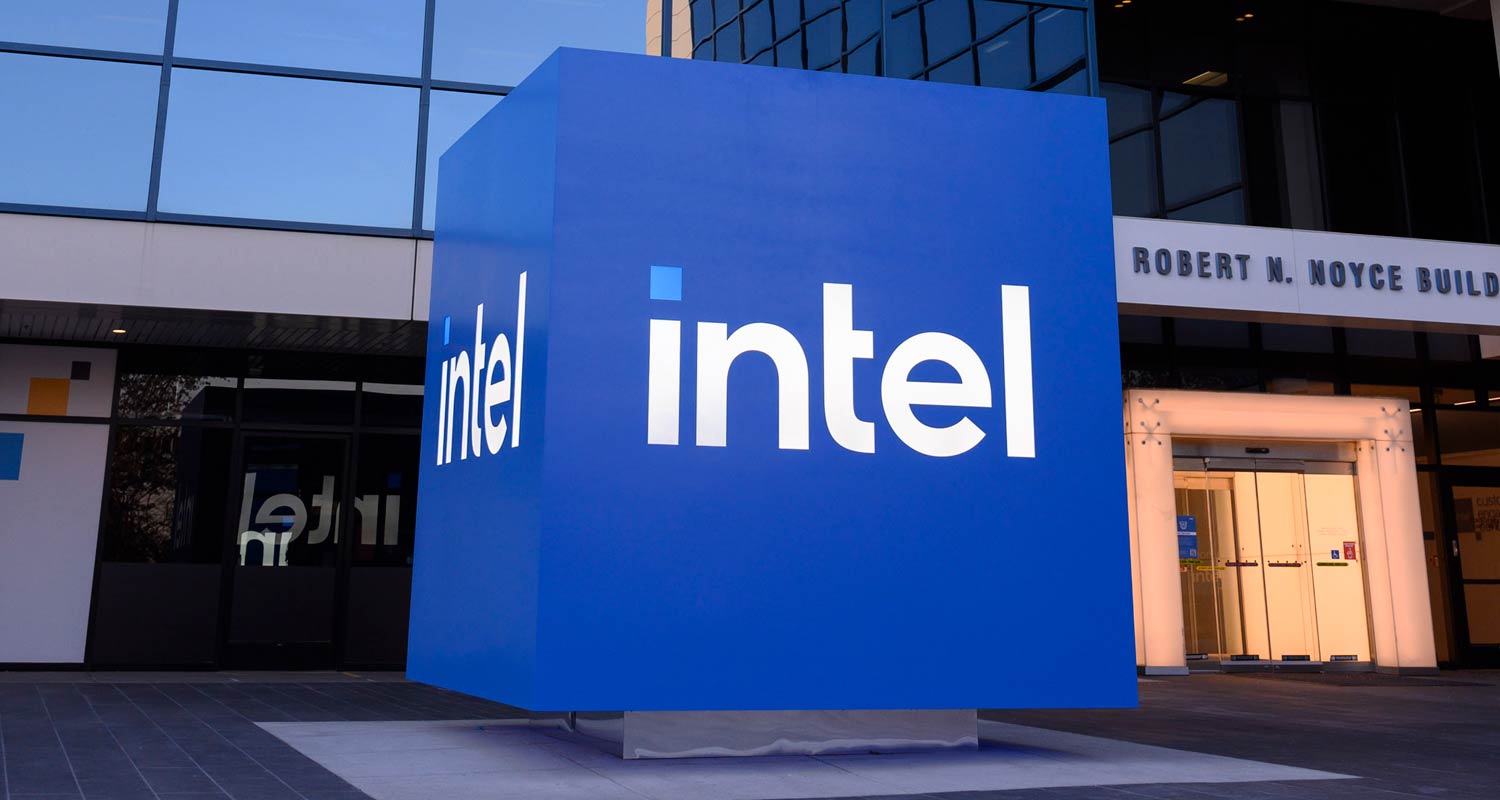 For US chip large Intel, the darling of the pc age earlier than it fell on exhausting instances, issues may need been fairly completely different.
For US chip large Intel, the darling of the pc age earlier than it fell on exhausting instances, issues may need been fairly completely different.
About seven years in the past, the corporate had the possibility to purchase a stake in OpenAI, then a fledgling non-profit analysis organisation working in a little-known subject known as generative synthetic intelligence, 4 folks with direct data of these discussions stated.
Over a number of months in 2017 and 2018, executives on the two firms mentioned numerous choices, together with Intel shopping for a 15% stake for US$1-billion in money, three of the folks stated. Additionally they mentioned Intel taking a further 15% stake in OpenAI if it made {hardware} for the start-up at price worth, two folks stated.
Intel finally determined in opposition to a deal, partly as a result of then-CEO Bob Swan didn’t suppose generative AI fashions would make it to market within the close to future and thus repay the chip maker’s funding, in keeping with three of the sources, who all requested anonymity to debate confidential issues.
OpenAI was involved in an funding from Intel as a result of it might have lowered its reliance on Nvidia’s chips and allowed the start-up to construct its personal infrastructure, two of the folks stated. The deal additionally fell by way of as a result of Intel’s knowledge centre unit didn’t need to make merchandise at price, the folks added.
An Intel spokesman didn’t deal with questions concerning the potential deal. Swan didn’t reply to a request for remark and OpenAI declined to remark.
Intel’s resolution to not put money into OpenAI, which went on to launch the ground-breaking ChatGPT in 2022 and is now reportedly valued at about $80-billion, has not beforehand been made public.
Strategic misfortunes
It’s amongst a sequence of strategic misfortunes which have seen the corporate, which was on the chopping fringe of pc chips within the Nineteen Nineties and 2000s, stumble within the period of AI, in keeping with interviews for this text with 9 folks accustomed to the matter together with former Intel executives and business consultants.
Final week, Intel’s second-quarter earnings triggered a inventory worth decline of greater than 1 / 4 of its worth in its worst buying and selling day since 1974. For the primary time in 30 years, the tech firm is price lower than $100-billion. The erstwhile market kingpin, whose advertising slogan “Intel Inside” lengthy represented the gold normal of high quality, continues to be struggling to get a blockbuster AI chip product to market.
Intel is now dwarfed by $2.6-trillion rival Nvidia, which has pivoted from videogame graphics to AI chips wanted to construct, prepare and function giant generative AI methods like OpenAI’s GPT4 and Meta Platforms’ Llama fashions. Intel has additionally fallen behind the $218-billion AMD.
Requested about its AI progress, the Intel spokesman referred to current feedback by CEO Pat Gelsinger, who stated the corporate’s third-generation Gaudi AI chip, which it goals to launch within the third quarter of this 12 months, would outperform rivals.
Gelsinger stated the corporate had “20-plus” prospects for the second and third era of Gaudi and that its next-generation Falcon Shores AI chip would launch in late 2025.
“We’re nearing the completion of a historic tempo of design and course of expertise innovation, and we’re inspired by the product pipeline we’re constructing to seize a larger share of the AI market going ahead,” the spokesman stated.
On the OpenAI entrance, Microsoft stepped in to make an funding in 2019, propelling itself to the forefront of the AI period triggered by the 2022 launch of ChatGPT and a frenzy of exercise among the many largest firms on this planet to deploy AI.
Missed probability
Though in hindsight the possible deal was a missed probability for Intel, the corporate has been regularly shedding the battle for AI supremacy for greater than decade, in keeping with the previous executives and business consultants interviewed.
“Intel failed in AI as a result of they didn’t current a cohesive product technique to their prospects,” stated Dylan Patel, founding father of semiconductor analysis group SemiAnalysis.
For greater than twenty years, Intel believed the CPU, or central processing unit, like those that energy desktop and laptop computer computer systems, may extra successfully deal with the processing duties required to construct and run AI fashions, in keeping with 4 former Intel executives with direct data of the corporate’s plans.
Intel engineers considered the graphics processing unit (GPU) videogaming chip structure, utilized by rivals Nvidia and AMD, as comparatively “ugly”, one of many folks stated.
Learn: Intel’s nightmare: ARM targets half of PC market by 2029
By the mid-2000s, although, researchers had found that the gaming chips have been way more environment friendly than CPUs at dealing with the intensive knowledge crunching crucial to construct and prepare giant AI fashions. As a result of GPUs are designed for recreation graphics, they’ll carry out an unlimited variety of calculations in parallel.
Nvidia’s engineers have spent years since then modifying the GPU structure to tune them for AI makes use of, and constructed the software program essential to harness the capabilities. “When AI hit … Intel simply didn’t have the correct processor on the proper time,” stated Lou Miscioscia, analyst at Japanese funding financial institution Daiwa.

Since 2010, Intel has made no less than 4 makes an attempt to provide a viable AI chip, together with buying two start-ups and no less than two main homegrown efforts. None has made a dent in opposition to Nvidia or AMD within the quickly increasing and profitable market, in keeping with three folks with direct data of the corporate’s inner actions.
Intel’s complete knowledge centre enterprise is predicted to generate gross sales of $13.9-billion this 12 months — which incorporates the corporate’s AI chips however many different designs too — whereas analysts count on Nvidia to generate knowledge centre income of $105.9-billion.
In 2016, Intel CEO Brian Krzanich sought to purchase its approach into the AI enterprise by buying Nervana Programs for $408-million. Intel executives have been drawn to Nervana’s expertise, which was much like a tensor processing unit (TPU) chip made by Google, in keeping with two former executives.
The TPU — particularly designed for constructing, or coaching, giant generative AI fashions — stripped away a traditional GPU’s options helpful for videogames and targeted completely on optimising AI calculations.
Nervana loved some success with prospects together with Meta Platforms for its processor, although not sufficient to forestall Intel from switching horses and abandoning the mission.
In 2019, Intel purchased a second chip start-up, Habana Labs, for $2-billion earlier than it shut down Nervana’s efforts in 2020.
Krzanich didn’t reply to a request for remark for this text. — Max A Cherney, with Anna Tong and Arsheeya Singh Bajwa, (c) 2024 Reuters